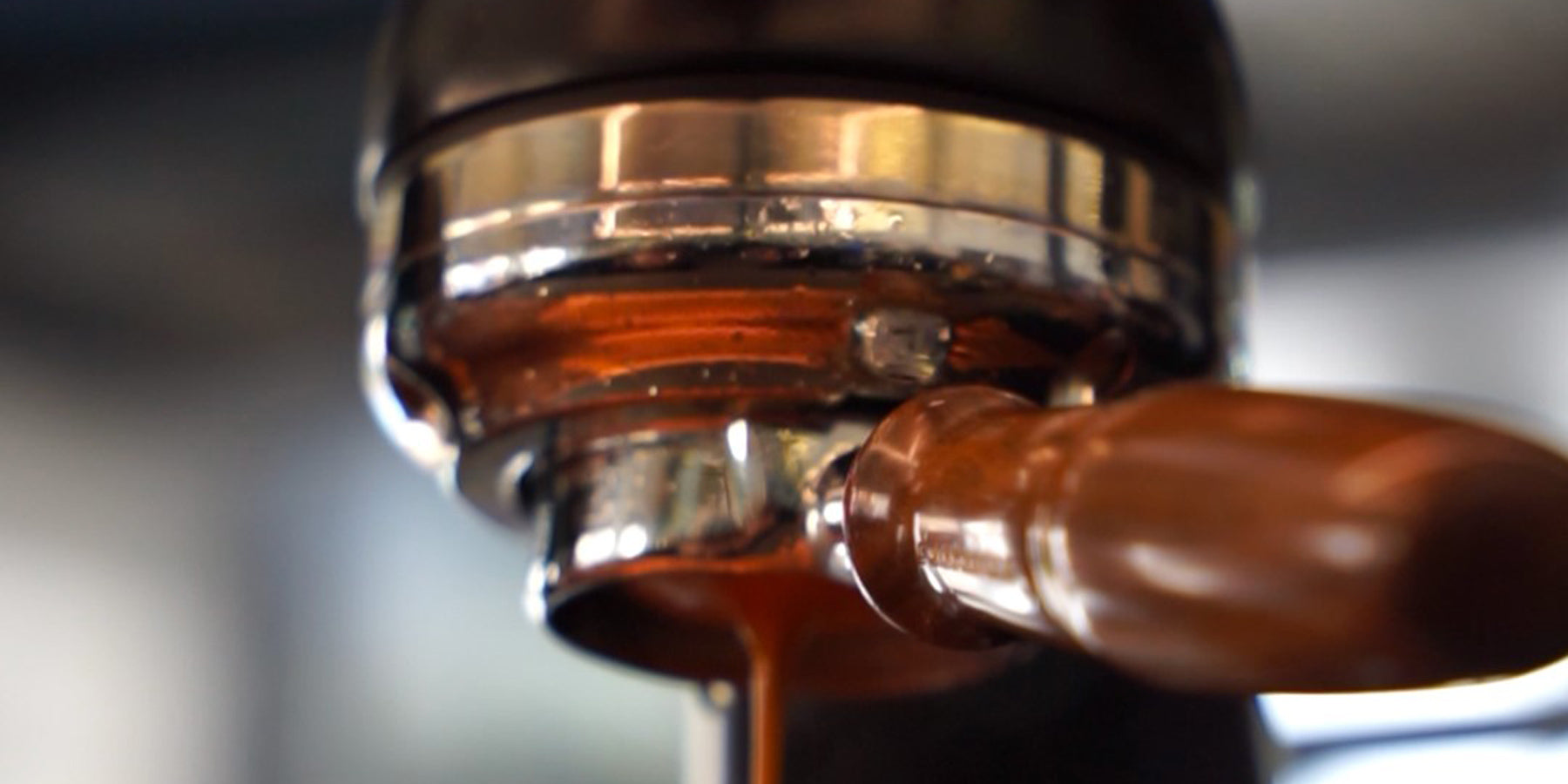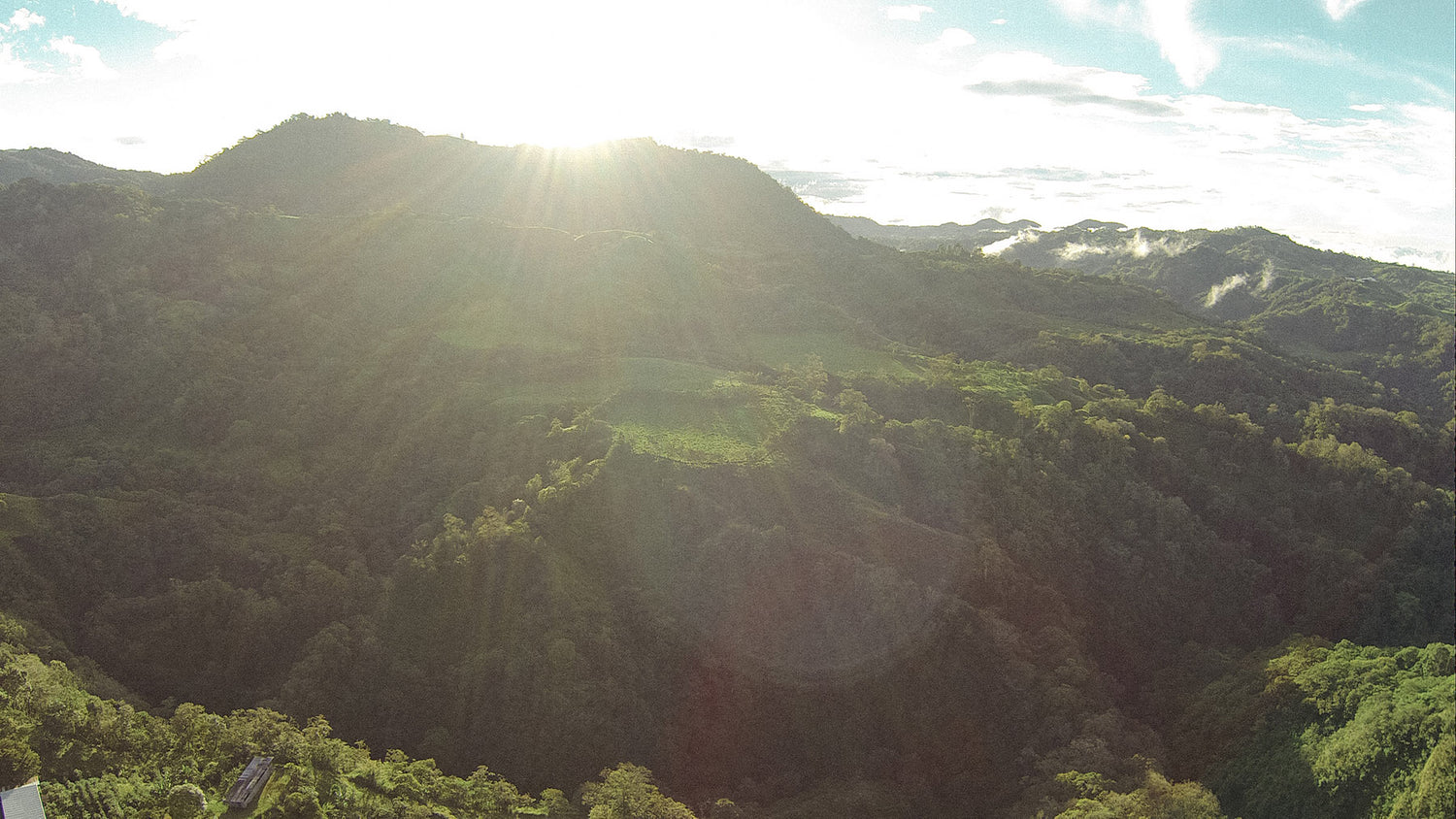Doppio, Lungo, Americano, Corretto, Macchiato… and Ristretto! There are many different variations of the Italian coffee classic. Espresso, with its variety, is probably the best-known ingredient in all coffee recipes.
However, we want to dedicate this blog article entirely to the Ristretto. Here you can find out what subtleties you need to pay attention to when preparing it, how to prepare it and all the facts about the origins of this powerhouse ! Elias Fischbacher from the Wildkaffee Rösterei wishes you lots of fun discovering it. Andiamo!
Ristretto – What exactly is it?
We want to clarify this question first. As already mentioned, it is a variation of an espresso . Translated from Italian, ristretto means something like "shortened" or "limited" .
This translation is certainly accurate, because with its 15 to 20 ml of water it is a little "shorter" than a normal espresso. But not in terms of taste! If you pay attention to the correct preparation and use aromatic beans of the best quality, the Ristretto is a flavor-intensive powerhouse. But more on that later!

What distinguishes it from espresso?
The short version looks very similar to espresso, but there are some significant differences , especially in terms of taste. The short version is very aromatic and contains more bitter substances than espresso.
This is due to the shorter extraction time than with espresso. As already mentioned, less water is used than with espresso - with ristretto it is just under 15 ml, while espresso contains between 25 and 30 ml of water . Not only does the short coffee taste more intense, it also contains more caffeine than espresso.
If you use a high-quality bean like our Wilderer Espresso or our Bergsonne, the Ristretto tastes excellently of dark chocolate and is very aromatic. If you use a light roast, the sweet and fruity acidity of the coffee is brought out and rounded off with pleasant bitter substances.
The Ruanda Umusazi Natural is ideal for this. It is important that the quality of the beans is right, because the short espresso is even more concentrated than an espresso and you can quickly spot any quality defects. The high concentration also makes the consistency of the drink a little creamier, almost syrupy.

How do I prepare it?
Ristretto is traditionally prepared in a portafilter machine. The coffee should be ground a little finer than for espresso. The extraction time is shorter than for espresso and the fine ground coffee ideally brings out the delicious taste of your freshly ground beans . Our dark roasts are ideal for the short espresso, but light roasts also give an exciting taste. Let's go through the preparation step by step!
You need: 7 - 10 g of coffee, e.g. Wilderer Espresso, Wildsau Espresso, Bergsonne or Hausepresso, a portafilter machine set to 92 degrees, grinder, scales and a stopwatch.
1. Remove the portafilter and wipe it with a cloth.
2. Now put the freshly ground coffee into the carrier.
3. Distribute the coffee grounds evenly and then compact them using a tamper.
4. Rinse the brewing group and clamp the portafilter.
5. Place an espresso cup or glass under the spout and start the brewing process. This should last for around 20 seconds at 15 ml.
6. Serve and discover the unique taste!
Tip: Preheat your espresso glass or cup by rinsing it with hot water beforehand!

The origin of the short espresso
It originally comes from the south of Italy . This is where it is still most commonly drunk today. There is also a second variant called Corto . This recipe is not identical, however, as (even) less water is used. It is most common in the regions of Lombardy and Tuscany . In general, the further south you go in Italy, the less water is used.
The first ristrettos were served in Italian bars in the 1960s . Bars are small coffee bars that are spread all over Italy and are as much a part of the country as pizza, pasta and the boot . The drink made its breakthrough at the turn of the millennium. In America, particularly in South America, it was particularly popular in cafés as the new coffee speciality. But this boom was quickly followed by a decline in popularity. Today, it is well known, but rarely ordered . This is certainly also due to the more complex preparation process . In terms of taste, it is much more than "another variant of espresso" and the correct preparation requires a lot of experience with the brown beans.
Controversial among baristas
The Ristretto has a somewhat controversial reputation among baristas. Some love it, others demonize it. Why all this? We assume that it is simply a matter of different opinions on preparation and taste. Our baristas find it a delicious alternative to espresso , provided it is prepared correctly. The quality of the coffee and the roasting is very important, because the taste profile and any production errors in the coffee are immediately recognizable in the Ristretto. This is due to the high concentration of the drink.
Espresso, Ristretto, Lungo - Another brief overview
Let's briefly look at the different terms and their biggest differences. We have already compared espresso and ristretto in detail above. But what is a lungo? In short, you could describe it as the long counterpart to the ristretto . It is prepared with the same amount of coffee, but with twice the amount of water of an espresso. The extraction time is also longer. The lungo is brewed for just under 50 seconds. This creates a long espresso that has a very balanced flavor profile overall. The consistency then changes significantly and is a little thinner than with espresso and ristretto.
The basic differences between all three variants:
Water quantity:
Ristretto: 12-15 ml
Espresso: 25 ml
Lungo: 50 ml
Lead time:
Ristretto: 20 seconds
Espresso: 25-30 seconds
Lungo: 30-35 seconds
Coffee quantity:
Ristretto: 7-10g
Espresso: 7-10g
Lungo: 7-10g
Conclusion!
The Ristretto provides a completely different coffee experience than you might think. The reduced contact between water and coffee grounds, as well as the shorter extraction time, create a flavor-intensive, puristic coffee classic that is more than just an alternative to espresso. The consistency is almost syrupy, which can be noticed in the taste, depending on the degree of roasting and the coffee. A coffee prepared from a light roast has a fruity taste, while dark roasts are dominated by nutty, chocolaty elements. The shorter extraction time creates a harmonious flavor profile consisting of three components: acidity, sweetness and bitterness . All of these aspects set the Ristretto apart from espresso. It is very important to pay close attention to the preparation. Following the recipe exactly is essential for the end result in your cup. Have fun trying it out and #staywild !


